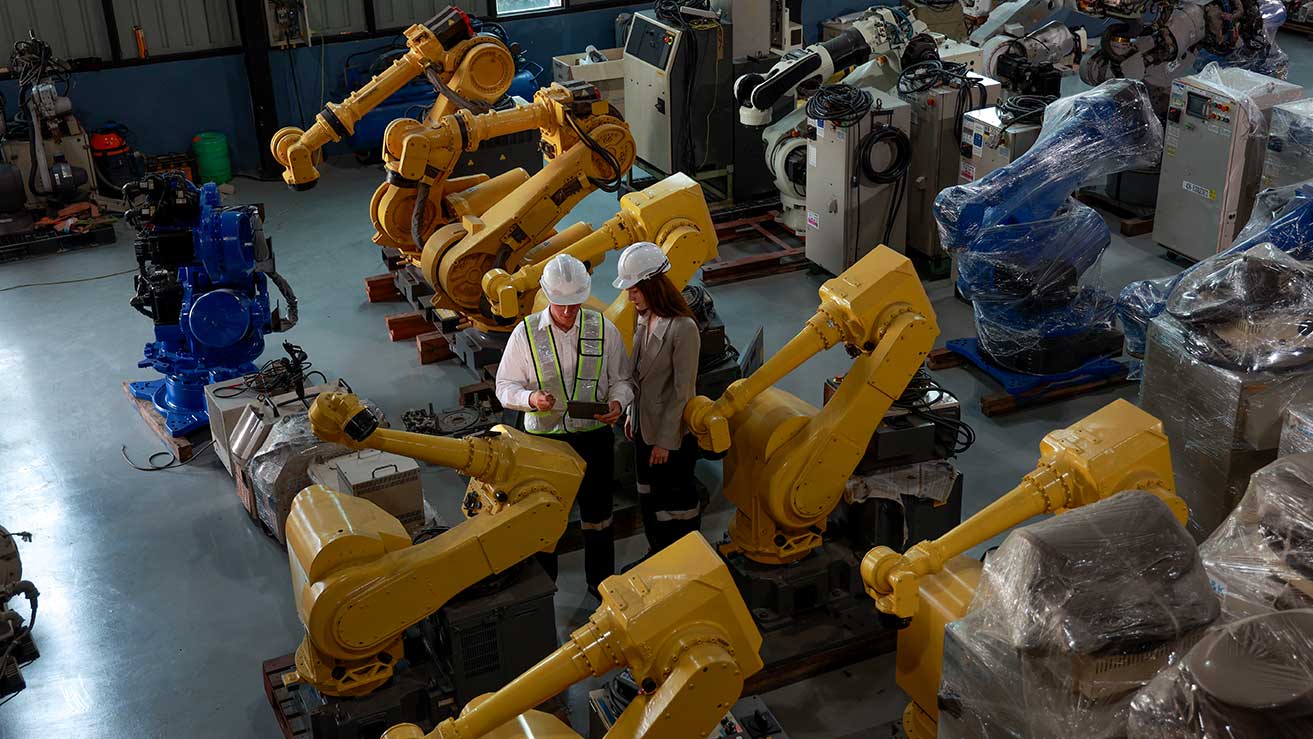China, the world’s most populous country and a global manufacturing powerhouse, has been undergoing a remarkable transformation in its industrial landscape. The adoption of automation and robotics has surged dramatically, positioning China as a leader in replacing human labour with machines. With statistics indicating a substantial increase in robot installations and a rising robot density rate, China’s march towards automation is reshaping its economy and workforce dynamics.
The Dominance of China in Robot Installations:
Since 2013, China has consistently held the title of the largest market for industrial robots, a trend that has only strengthened over the years. In 2022 alone, China accounted for a staggering 52% of all new robot installations globally. This dominance underscores China’s commitment to embracing advanced technologies to enhance productivity and competitiveness in manufacturing.
The Escalating Robot Density Rate:
A key metric reflecting China’s automation drive is its robot density rate, measured as the number of industrial robots per 10,000 workers. The trajectory of this rate is indicative of the intensifying automation efforts within the country. From 97 robots per 10,000 workers in 2017, China witnessed a substantial leap to 392 robots per 10,000 workers by 2023. This exponential growth signifies a fundamental shift towards a more automated industrial landscape.
Surpassing Workforce Predictions:
China’s burgeoning population has long been a subject of analysis and prediction concerning its workforce dynamics. However, recent data has shown that China’s actual workforce exceeds earlier expert projections by a significant margin. This surplus labor force, combined with the increasing adoption of robotics, sets the stage for profound changes in employment patterns and job markets across various sectors.
Projected Impact on Employment:
Forecasts suggest that by 2025, machinery and robotics are poised to replace nearly 5% of China’s workforce, leading to the obsolescence of certain job roles and exacerbating pressures on employment opportunities. An industry report highlights the potential displacement of up to 40% of China’s manufacturing workforce due to automation. These projections underscore the magnitude of the transformation underway and its implications for millions of workers.
Disproportionate Impact on Certain Groups:
The rise of automation in China has not affected all segments of the workforce equally. Workers with lower levels of education and skill sets are particularly vulnerable to displacement as industries increasingly rely on automated systems. This disparity raises concerns about income inequality and the need for targeted measures to support affected workers through retraining and transition programs.
Evidence from Industry Surveys:
A comprehensive survey conducted by the Wuhan University Institute of Quality Development Strategy offers insights into the prevalence of robotics adoption among Chinese companies. The survey revealed a significant uptick in the proportion of workers employed in companies utilizing robotics, rising from 12% in 2008 to 37% in 2017. This trend underscores the widespread integration of automation technologies across diverse sectors of the Chinese economy.
Conclusion:
China’s ascendancy as a global leader in the replacement of human workers with robots is evident through its dominance in robot installations, escalating robot density rates, and projected impacts on the workforce. While automation promises increased efficiency and productivity, it also poses challenges in terms of employment displacement and socio-economic inequality. Addressing these challenges requires proactive policies that prioritize workforce reskilling, innovation, and inclusive growth strategies. As China continues its march towards a more automated future, navigating the complexities of automation’s impact on society will be paramount in shaping a sustainable and equitable future for all.

